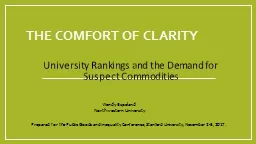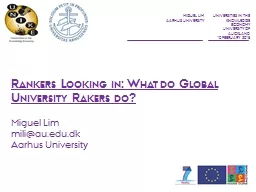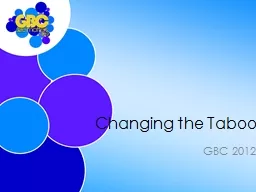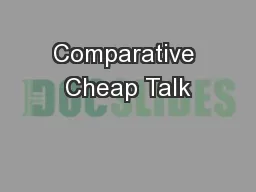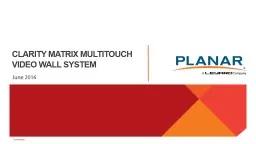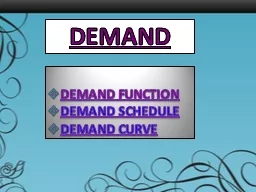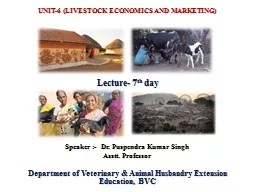PPT-The Comfort of Clarity University Rankings and the Demand for Suspect Commodities
Author : blastoracle | Published Date : 2020-06-16
Wendy Espeland Northwestern University Prepared for the Public Goods and Inequality Conference Stanford University November 23 2017 Rankings are part of a
Presentation Embed Code
Download Presentation
Download Presentation The PPT/PDF document "The Comfort of Clarity University Ranki..." is the property of its rightful owner. Permission is granted to download and print the materials on this website for personal, non-commercial use only, and to display it on your personal computer provided you do not modify the materials and that you retain all copyright notices contained in the materials. By downloading content from our website, you accept the terms of this agreement.
The Comfort of Clarity University Rankings and the Demand for Suspect Commodities: Transcript
Download Rules Of Document
"The Comfort of Clarity University Rankings and the Demand for Suspect Commodities"The content belongs to its owner. You may download and print it for personal use, without modification, and keep all copyright notices. By downloading, you agree to these terms.
Related Documents

